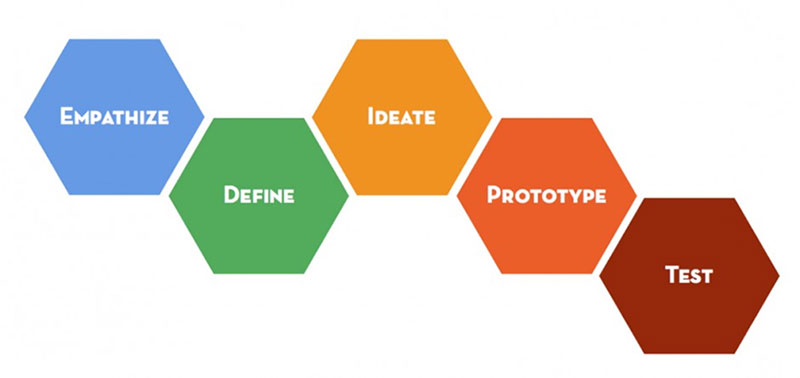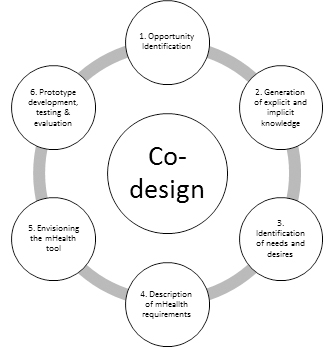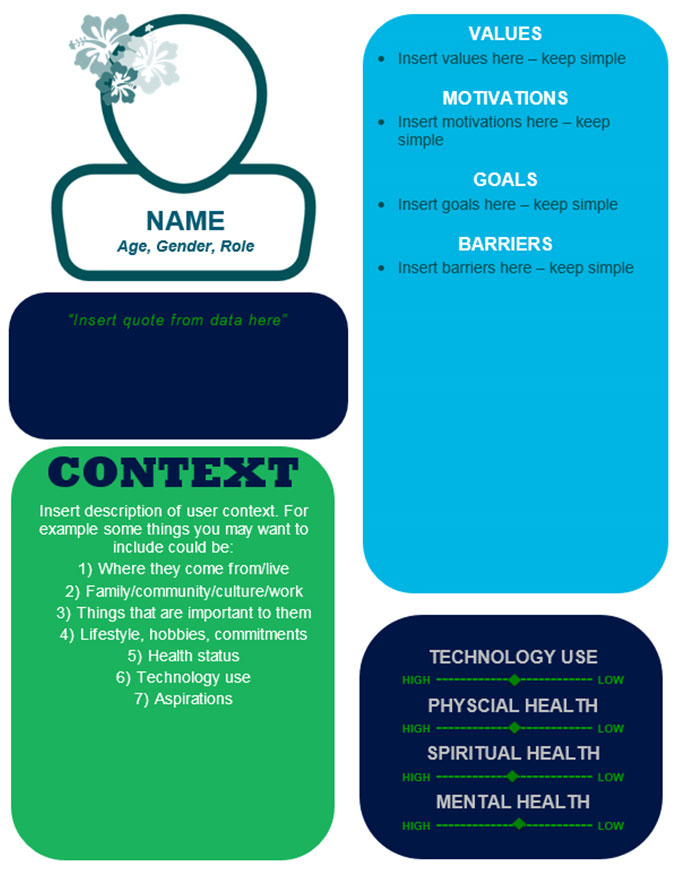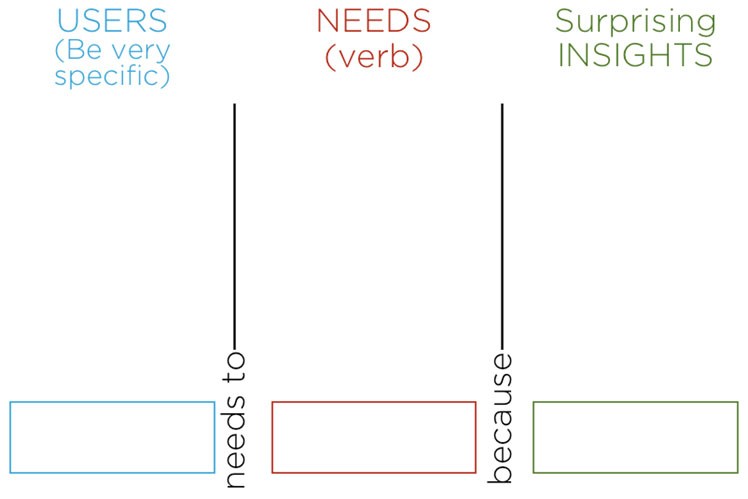
During our Wananga in July/August 2016 our co-design facilitator, Rangimarie Mules, led us through an introduction to design thinking which included an introduction to the process below which came from the Institute of Design at Stanford (https://dschool.stanford.edu/).

For more information on the co-design process from the Institute of Design at Stanford, see here and for a toolkit to support your design thinking process see here.
The OL@-OR@ participatory co-design cycle that was adapted from Bratteteig (2003) was first introduced in the initial project plan and was used as a starting point for the creation of our own co-design model.

Using a combination of these two models we have created the co-design model below and have used this to keep us on track during the process.

- Opportunity identification – involved steps from putting together research proposal, forming team, building partnerships and team culture, capacity building and project planning.
- Information gathering and building understanding – first round of focus groups to understand what is important to our communities.
- Ideation of mhealth tool – second round of focus groups to start designing mhealth tool.
- Prototype phase – initial wireframe prototype was developed which went out to communities for a rapid prototype feedback cycle (x3).
- Content development and finalise tool.
- Pilot and test tool, refine tool where needed.
- Evaluate – cluster-randomised controlled trial to evaluate tool
Feedback occurred between Māori and Pasifika Communities and project team all stages of this model
Tools used during the early stages of the co-design process
Profiles
This involves looking at people’s different ages, genders, living and employment situations, their ideas and views and creating profiles for them. The aim is to think about how different profiles will influence values, motivations, goals and barriers. These different profiles were used to make sure that the range of people we were representing was as diverse as possible so that the solution would meet as many needs as possible and engagement would be high. We used the profile template here.

Point of View (POV)
This tool ensured that we were very specific with the type of users that we were reaching and ensure we thought about what they needed from their point of view, this is designed to eliminate our bias. We used the users from the profiles that were created in the previous tool.

How Might We (HMW)
Using the POV that was created for the users, we created HMW question(s) like the example below. This then helps us to find out what type of questions the solution needs to answer.
| User | POV | HMW |
|---|---|---|
|
Age: 30 Gender: Female Job: Secretary / Mother Martha is a solo mum of two primary school age children who works 30 hours per week. |
Martha wants to lose weight and get fit to keep up with the children but finds that she does not have enough time in her day. |
How Might We help Martha to: - plan meals |



